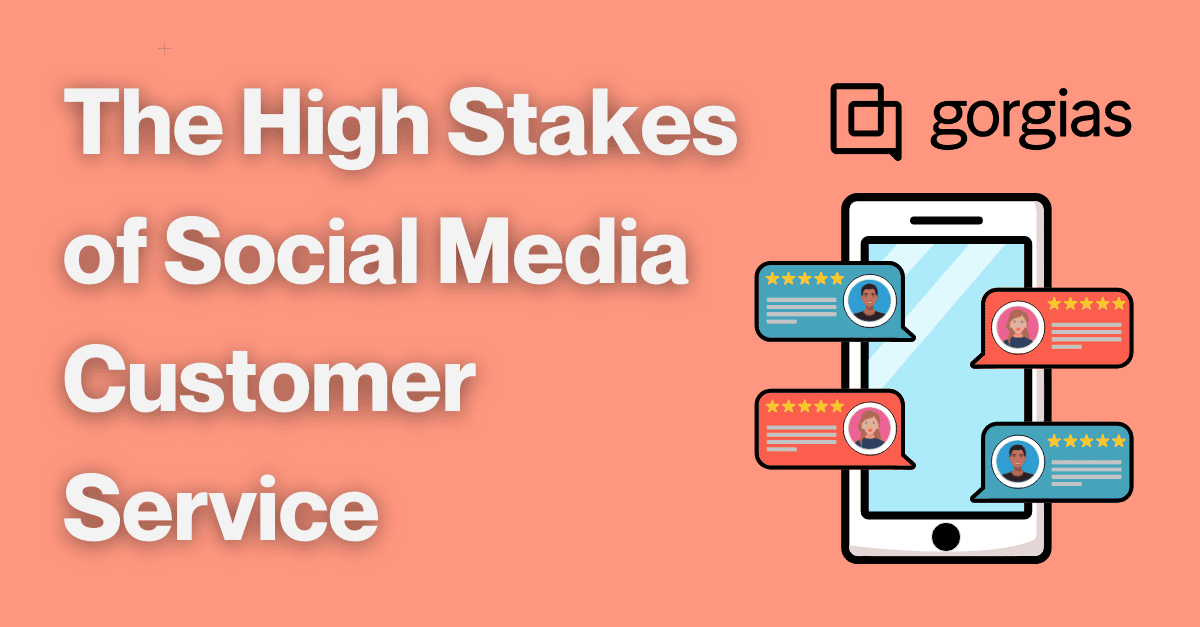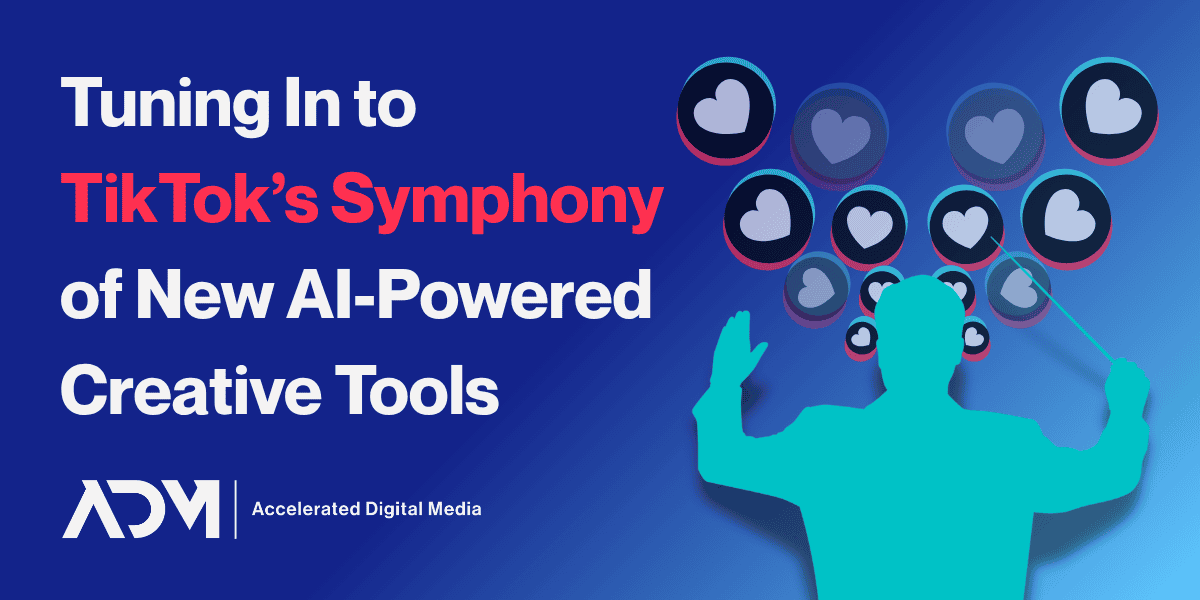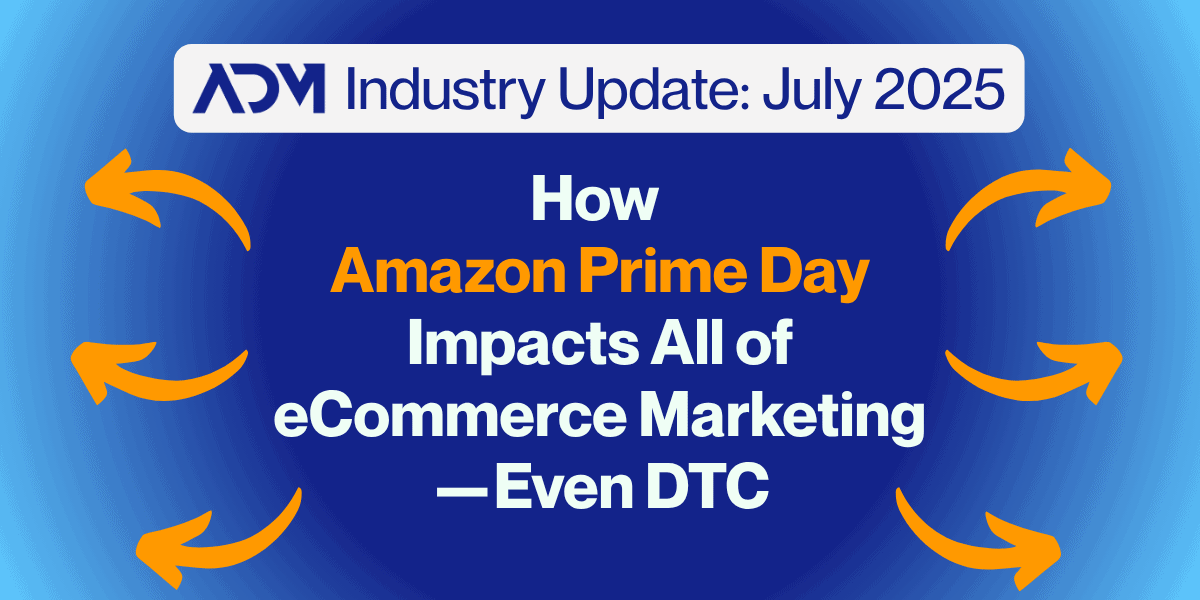It’s no surprise that many customers prefer to contact brands directly on social media rather than going through traditional channels like calling or sending an email.
Social media meets customers where they’re already spending time on a channel they’re familiar with, and it can be used to build your brand reputation when you resolve issues in the public eye.
That said, these days, simply allowing customers to ask support questions on social media is the norm—an expectation, and in fact— doesn’t make you stand out.
The point is, everyone offers this level of support now. So what can you do to level up? That’s what we’re going to help you find out.
The new norm: expectations of today’s consumers
According to research from Shopify, 58% of people claimed that getting support on their preferred channel influenced their purchase decisions.
Meeting this expectation impacts CLTV, with Invesp sharing that 92% of shoppers are either highly likely or somewhat likely to become repeat customers of a brand that answers their questions on social media.
Also, if the above isn’t convincing enough, an Index Report by Sprout Social found that 76% of consumers value how quickly a brand can respond to their needs, with nearly 70% expecting a response within 24 hours or less.
The stakes are high, but thankfully, it’s never been easier to manage support across all social channels your customers are active on.
Best practices for exceptional social media customer service
Simply showing customers your brand is available whenever they have questions goes a long way to building trust. In fact, SuperOffice finds that 86% of customers are ready to pay more if it means they get a better customer experience.
Here are five tips for making sure you offer the experience on social media that your customers expect:
Be an active social listener
Social listening involves monitoring mentions and discussions about your brand on social media. For a broader perspective, you can also monitor discussions about your industry and competing products and brands.
The goal? To understand how users talk about your brand, whether positively or negatively. Plus, how you can address customer needs and issues—and tap into what competitors are offering that you aren’t.
For instance, if you sell matcha powder, you might track mentions of “best matcha powder” on TikTok. This could help you identify:
- Who your main rivals are and what they’re doing that attracts customers.
- Potential customers that can be reached directly by offering incentives and turning curiosity into conversions.
- Influencers who are already talking about your product category and might be interested in partnering with your brand.
As you know, not all mentions will be positive. Customers are more likely to share a negative experience than a positive one, so you also want to look for complaints or flat-out inaccurate claims about your brand or products.
In this case, it’s often worthwhile to reach out to these customers visibly to set the record straight. Who knows, maybe you’ll turn a frustrated detractor into a satisfied fan.
H3: Welcome new followers with a DM (and a discount!)
When a new customer follows you on social, they’re expressing higher-intent interest in your brand. They’re statistically much more likely to be potential customers (or existing ones) than the average social user, so don’t leave them in the cold.
Instead of waiting for them to reach out, why not make the first move?
Sending a friendly welcome DM can go a long way. Our platform data at Gorgias shows that ecommerce businesses that send this kind of message boost brand revenue via social by 4%.
Curious about how to do it right or what to say? Keep it casual: say hey, introduce your brand, and sweeten the deal with a new follower discount code. It’s a great way to turn a new follower into a loyal customer.
Move conversations into direct messages
When you’re replying quickly to a lot of questions, it’s easy to forget that you’re in a public forum. You definitely don’t want your customers’ personal information, like phone numbers, shipping addresses, or order numbers, out there for the whole internet to see. So, make sure you have systems in place to keep those details private.
For more complicated issues, you can comment publicly and ask the customer to DM you for further assistance. This shows that your brand is not only responsive to customer comments but also cares about their privacy.
Using a helpdesk like Gorgias makes this even easier. With Gorgias, you can send and receive DMs on Instagram, WhatsApp, and Facebook Messenger right from your helpdesk.
Plus, you can create a template, called a Macro, for moving public social media conversations to DMs. This streamlines the process and keeps everything organized.
Share self-service style content
Another great way to use your brand’s social media account is by sharing self-service content. Customers often have the same questions, so why not make it easy for them to find answers quickly and efficiently?
Start by tracking which questions come up frequently and creating a document or self-service page to direct them to. This could include contact information, return policies, shipping details, and location info if you have brick-and-mortar stores.
The easiest way to manage these common questions efficiently is to have information in a knowledge base to direct customers to.
Sharing this kind of proactive information not only helps your customers but also keeps your customer support team freed up for more complicated, in-depth inquiries. It’s a win-win!
Aim to respond within 15 minutes (if possible)
According to data from SuperOffice, 46% of customers expect a response to their customer service inquiries within four hours or less. And get this—12% expect a response in 15 minutes or less.
That’s a lot of pressure. And we know this can be tricky outside of business hours. Set expectations by dedicating space in your social profile’s bio to share your business hours and typical response times. This is helpful if you have a smaller team or are swamped during busy periods.
Another tip: a helpdesk like Gorgias can keep track of all your social support mentions in one place, let you create pre-written templates for common questions, and even automate responses or like and hide posts on your behalf.
Again, helpdesks that can automate the repetitive parts of customer support can be a lifesaver for brands with smaller support teams that can’t be online 24/7 to answer questions.
The consequences of falling short with social media support
Statistics show that 63% of consumers say their loyalty to a brand is significantly influenced by the quality of customer service provided on social media. Also, 70% of consumers expect companies to provide personalized responses to their customer service needs.
When businesses fail to meet these expectations, they risk alienating their customer base.
It’s so important to stay attentive and active. We’ve all seen it before — negative experiences can go viral in minutes. A single unresolved complaint or poor interaction can escalate, drawing widespread attention and criticism.
Viral backlash causes significant reputational damage, requiring substantial efforts and resources to recover.
There’s only one thing to do: level up your social media game to ensure your brand loyalty has a solid foundation and avoid falling into the trenches of negative reviews.
With more interactions happening on social platforms, brands need to maintain a high standard of customer service. Ignoring this trend can lead to missed opportunities for engagement and problem resolution.
Wrapping Up
Jumping into social media customer service for the first time can be exciting, but it can also be a lot of work.
To make the process easier, check out Gorgias. It’s an all-in-one solution for your customer service team. Check out our social media features, or sign up for a free trial here.




